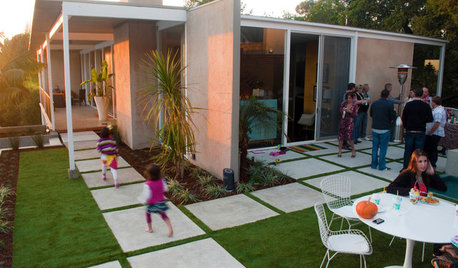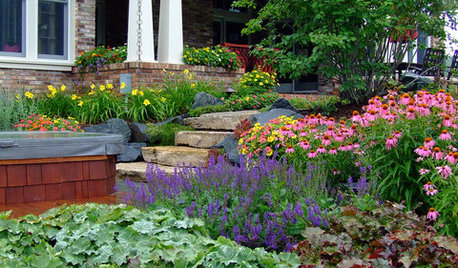Particulates in pond
casiocarcharger
11 years ago
Related Stories

INSIDE HOUZZThere’s a Party in the Backyard, Says a Houzz Landscaping Survey
Entertaining, growing edibles and solving problems are goals for homeowners planning to revamp their yards
Full Story
INSIDE HOUZZInside Houzz: New Data Offer Insights on Landscaping Trends
Homeowners are looking to manage water and add more enjoyment to their landscapes, according to a new Houzz survey
Full Story






mammasue
waterbug_guy
Related Professionals
East Rancho Dominguez Landscape Architects & Landscape Designers · Leawood Landscape Architects & Landscape Designers · Seabrook Landscape Architects & Landscape Designers · Buford Landscape Contractors · Jackson Landscape Contractors · Edmond Landscape Contractors · El Segundo Landscape Contractors · Estelle Landscape Contractors · Eustis Landscape Contractors · Mount Sinai Landscape Contractors · Overland Park Landscape Contractors · Roswell Landscape Contractors · Weymouth Landscape Contractors · York Landscape Contractors · Maplewood Landscape Contractorswaterbug_guy
casiocarchargerOriginal Author
waterbug_guy
diggery
casiocarchargerOriginal Author
diggery
casiocarchargerOriginal Author
mckool
diggery
waterbug_guy
Debbie Downer
waterbug_guy
Debbie Downer
waterbug_guy
diggery
mckool
diggery
diggery
mckool
diggery
mckool